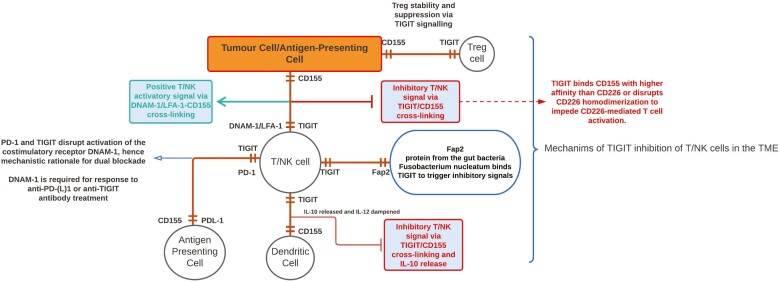Assessment of the change in tumour burden is an important feature of the clinical evaluation of cancer therapeutics: both tumour shrinkage (objective response) and disease progression are useful endpoints in clinical trials. Since RECIST was published in 2000, many investigators, cooperative groups, industry and government authorities have adopted these criteria in the assessment of treatment outcomes. However, a number of questions and issues have arisen which have led to the development of a revised RECIST guideline (version 1.1). Evidence for changes, summarised in separate papers in this special issue, has come from assessment of a large data warehouse (>6500 patients), simulation studies and literature reviews. HIGHLIGHTS OF REVISED RECIST 1.1: Major changes include: Number of lesions to be assessed: based on evidence from numerous trial databases merged into a data warehouse for analysis purposes, the number of lesions required to assess tumour burden for response determination has been reduced from a maximum of 10 to a maximum of five total (and from five to two per organ, maximum). Assessment of pathological lymph nodes is now incorporated: nodes with a short axis of 15 mm are considered measurable and assessable as target lesions. The short axis measurement should be included in the sum of lesions in calculation of tumour response. Nodes that shrink to <10mm short axis are considered normal. Confirmation of response is required for trials with response primary endpoint but is no longer required in randomised studies since the control arm serves as appropriate means of interpretation of data. Disease progression is clarified in several aspects: in addition to the previous definition of progression in target disease of 20% increase in sum, a 5mm absolute increase is now required as well to guard against over calling PD when the total sum is very small. Furthermore, there is guidance offered on what constitutes 'unequivocal progression' of non-measurable/non-target disease, a source of confusion in the original RECIST guideline. Finally, a section on detection of new lesions, including the interpretation of FDG-PET scan assessment is included. Imaging guidance: the revised RECIST includes a new imaging appendix with updated recommendations on the optimal anatomical assessment of lesions. A key question considered by the RECIST Working Group in developing RECIST 1.1 was whether it was appropriate to move from anatomic unidimensional assessment of tumour burden to either volumetric anatomical assessment or to functional assessment with PET or MRI. It was concluded that, at present, there is not sufficient standardisation or evidence to abandon anatomical assessment of tumour burden. The only exception to this is in the use of FDG-PET imaging as an adjunct to determination of progression. As is detailed in the final paper in this special issue, the use of these promising newer approaches requires appropriate clinical validation studies.

